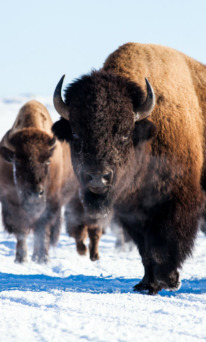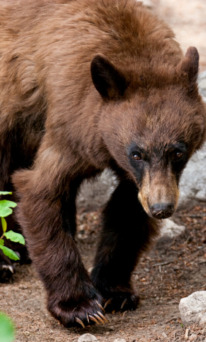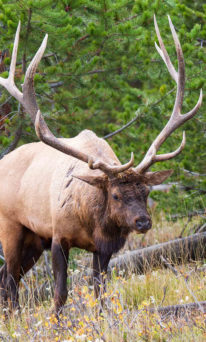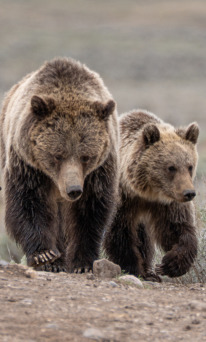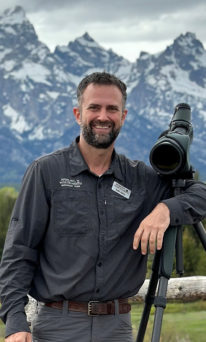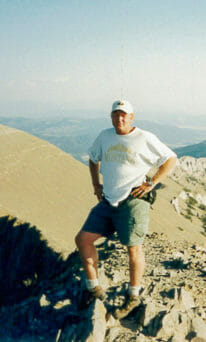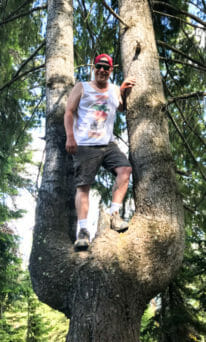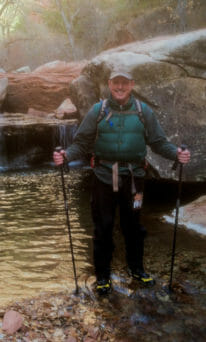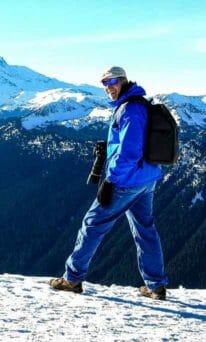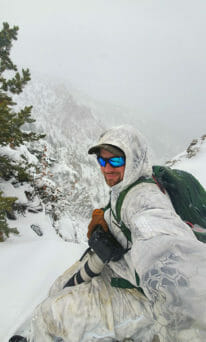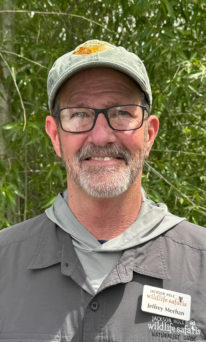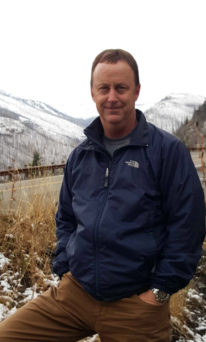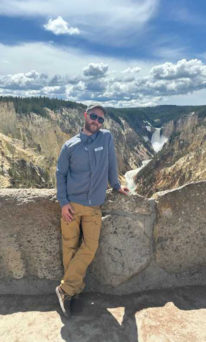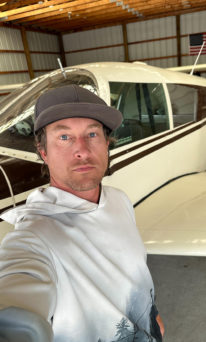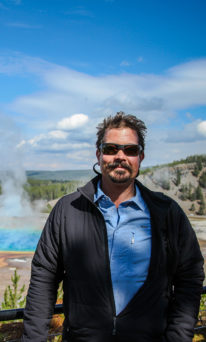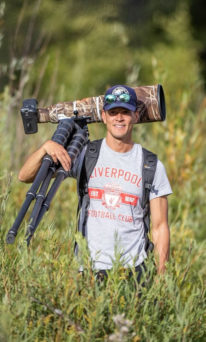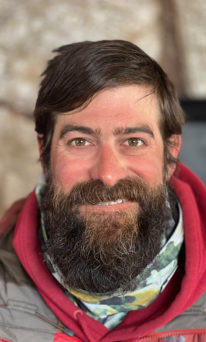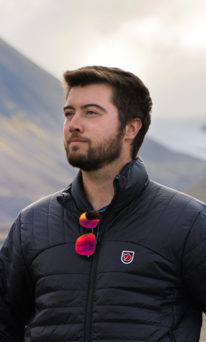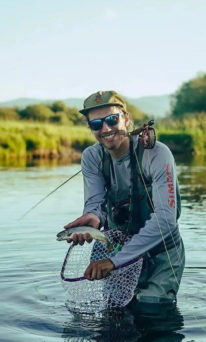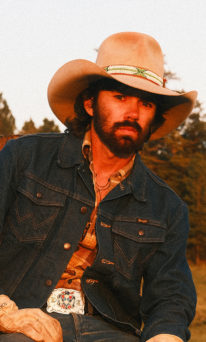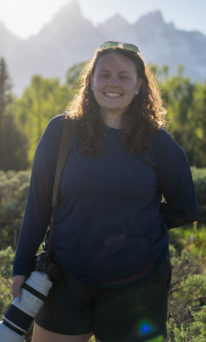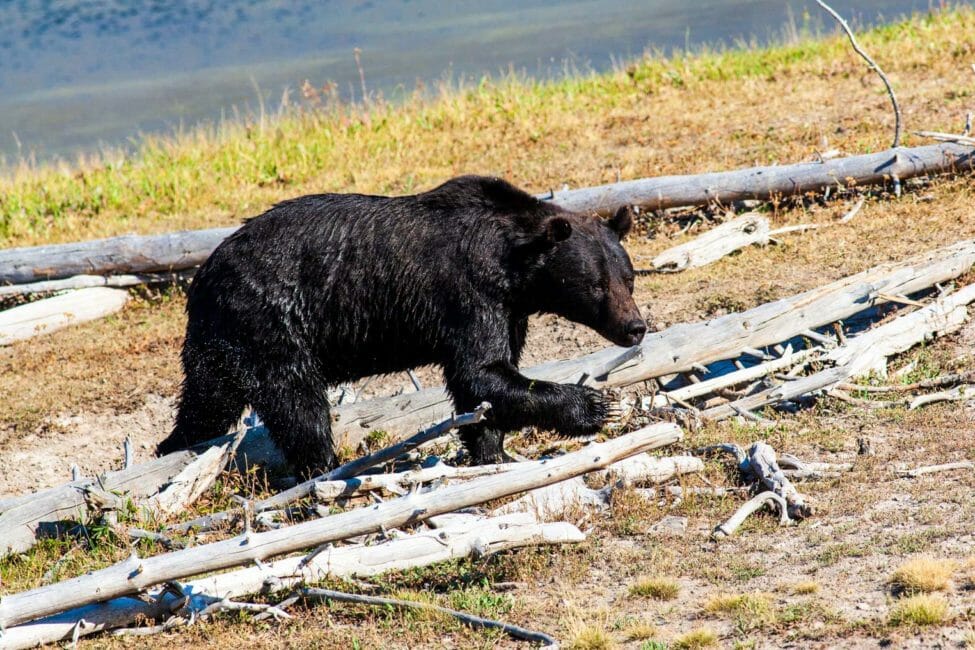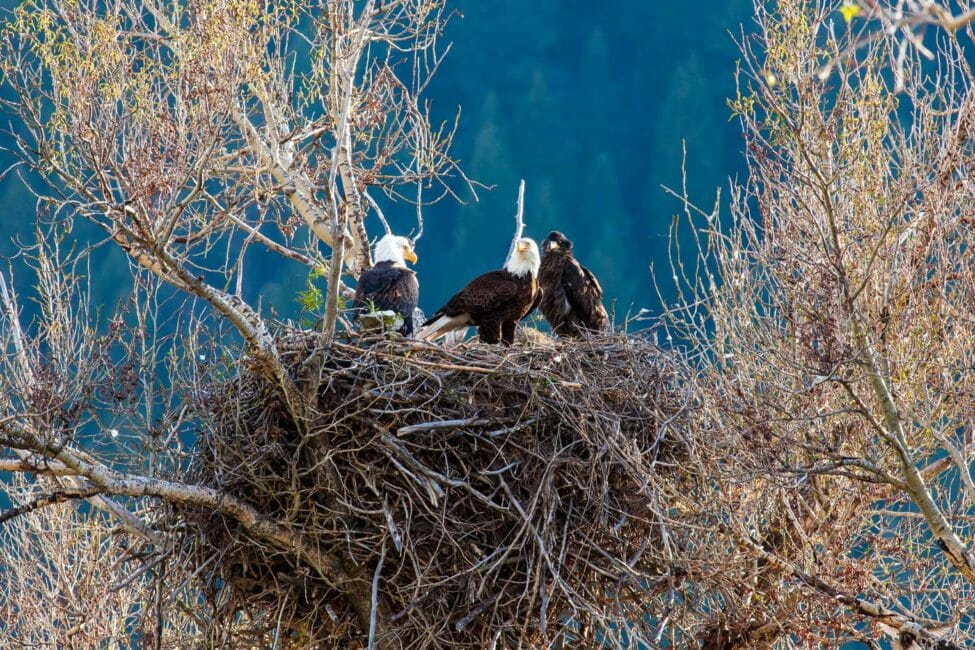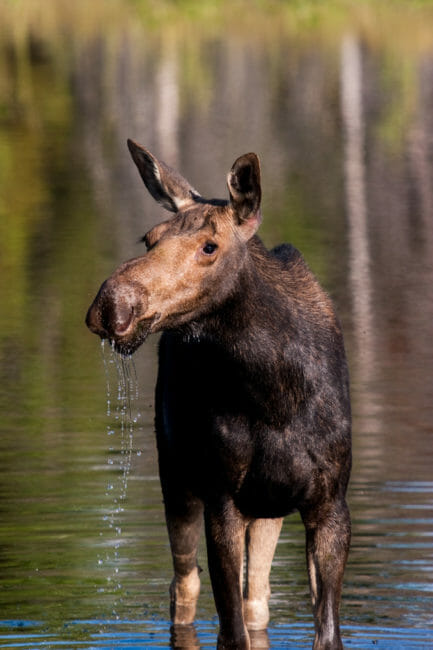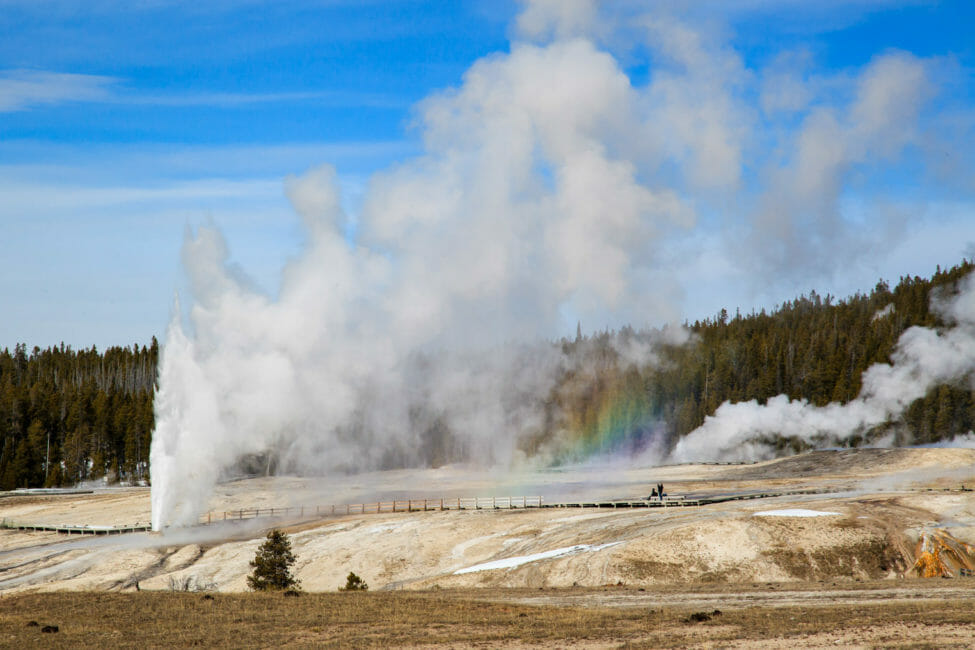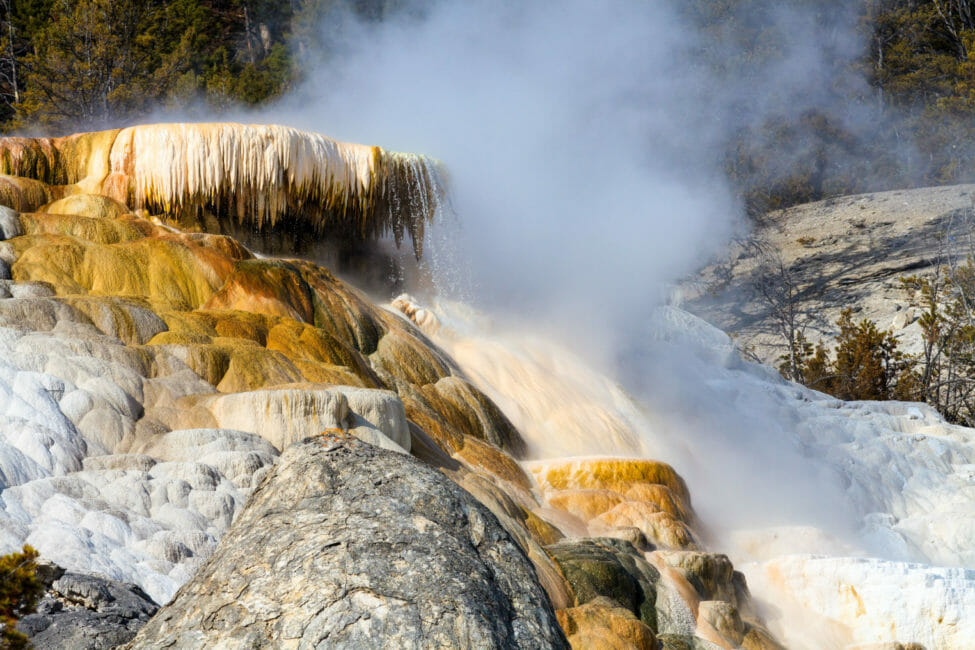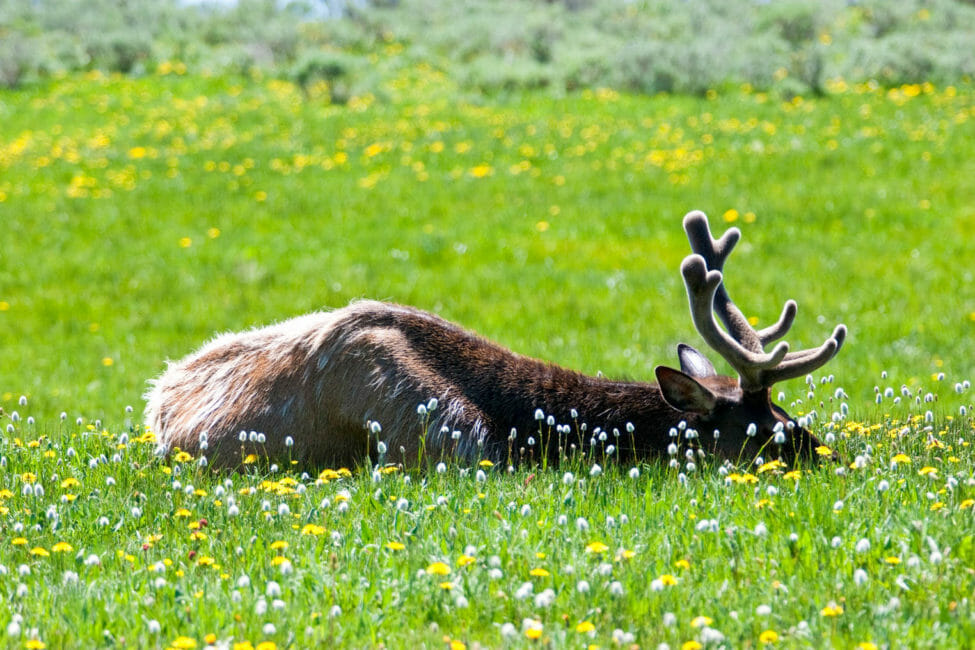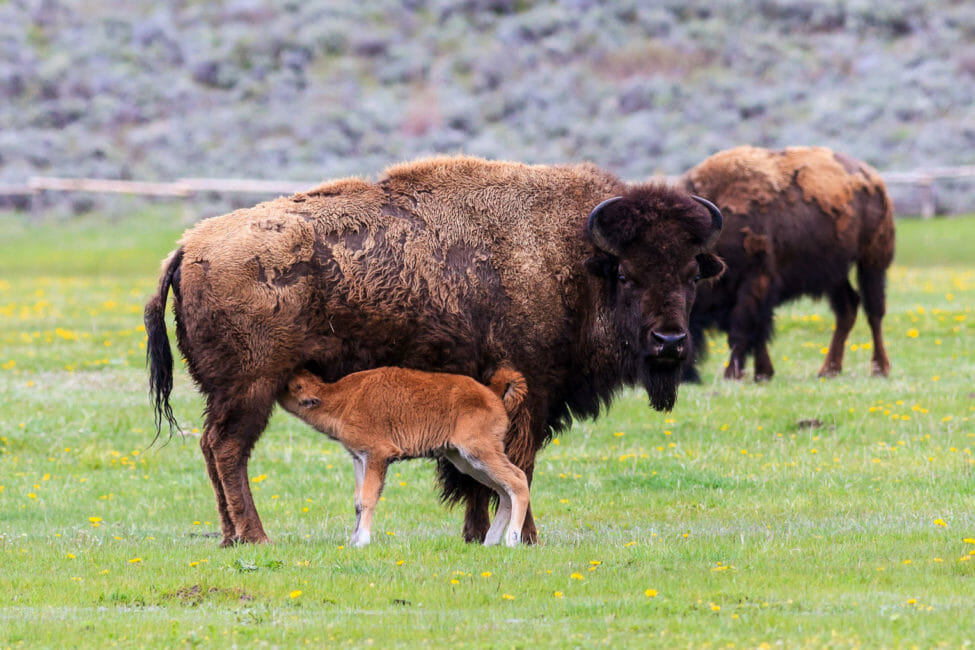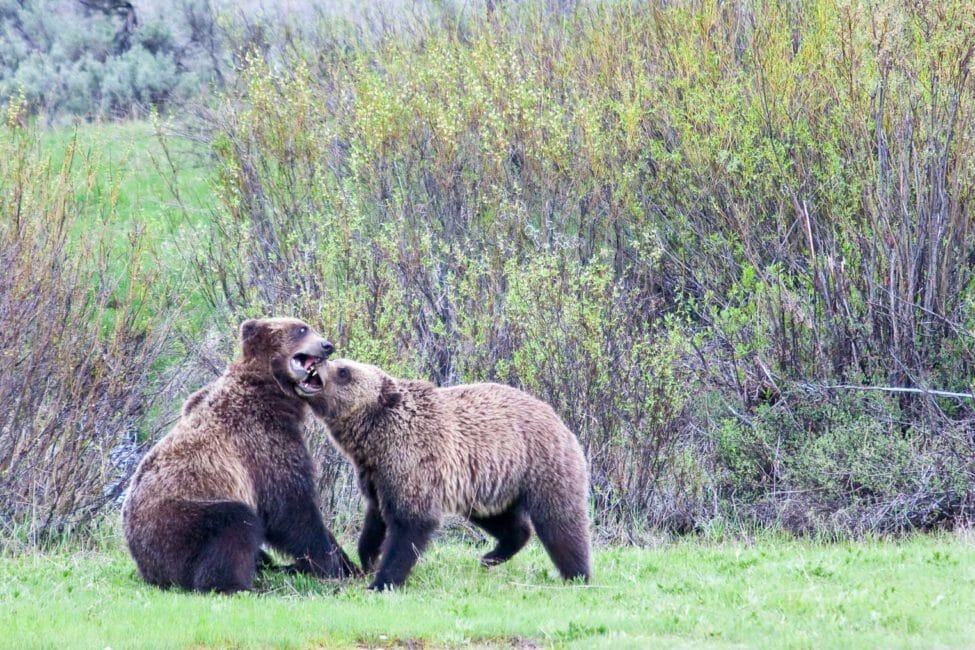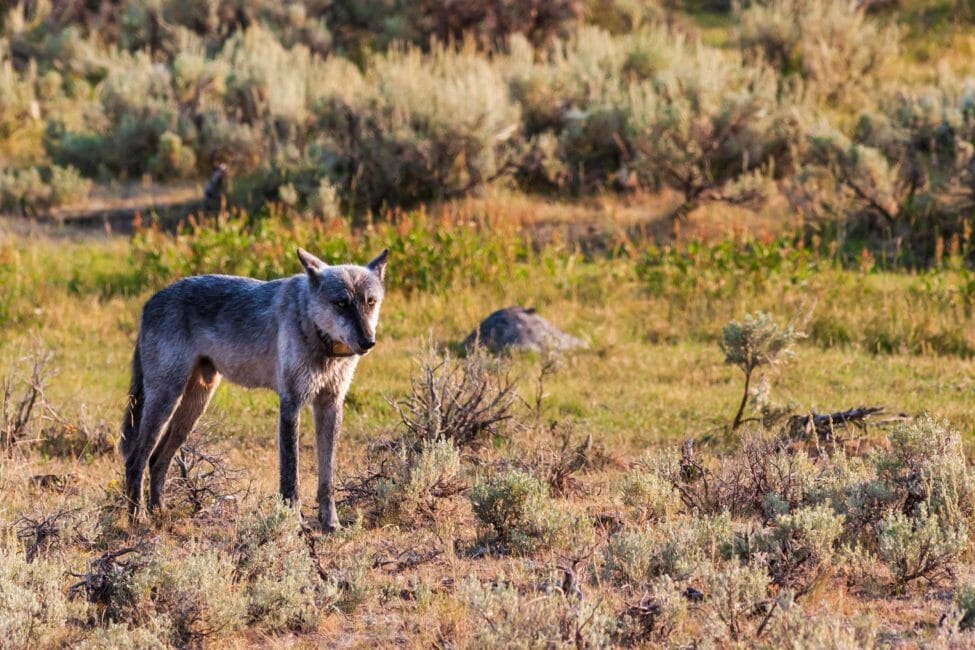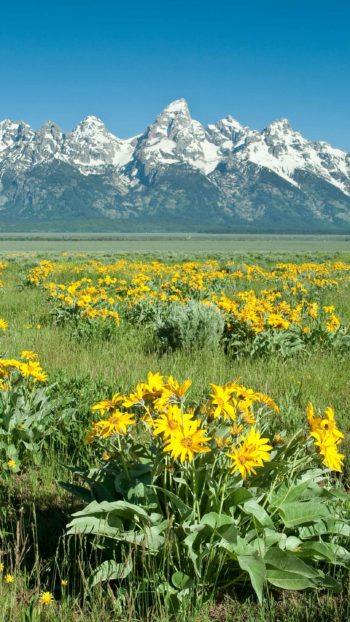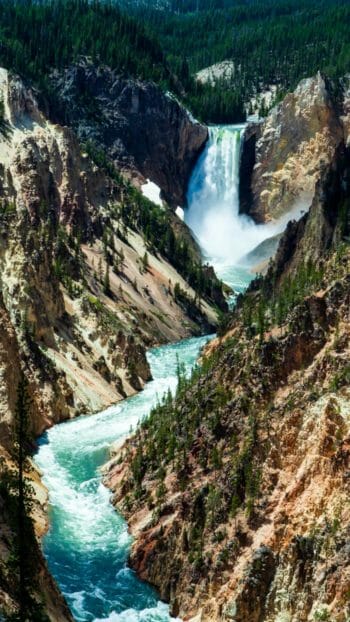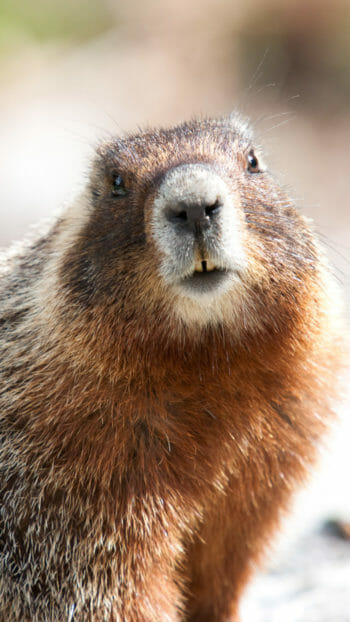Best Time to Visit Jackson Hole: Fall

Fall Season in the Greater Yellowstone Ecosystem
Fall is a beautiful time to visit the Greater Yellowstone Ecosystem. The temperatures cool at night and the daylight hours grow shorter and softer as the great shift into winter begins its slow impending descent. The white-barked quaking aspen groves become incandescent with flaming oranges, yellows and reds. Elk herds parade through the valleys, showcasing impressive antlers as they bugle into morning mists, while flocks of birds circle overhead calling out to one another as they begin their great migrations. The land feels wild, mysterious, and simultaneously bright and striking to the senses.
Visit the National Parks in September, October, or November
Yellowstone National Park and Grand Teton National Park are both accessible to visitors to Jackson Hole in the fall.
Though Yellowstone closes its Southern Gate on November 1st, many tourists filter out even in September and October, leaving us to feel like we have more and more of the Park to ourselves. At many of the main attractions, guests will find more quietude, more space to enjoy their walks on boardwalks to visit thermal features and historic buildings without the throngs of visitors.
In Grand Teton National Park, which is accessible year-round, we can enjoy the nooks and crannies of this smaller and more intimate Park on backroads and places we know harbor some of our best wildlife opportunities. Guides love to explore the landscape of this Park and rarely will you encounter anyone else. Fall is a time for wildlife and photography. Shorter days provide more opportunities for sunrise and sunset photos, and wildlife become active in various degrees of mating behavior, hunting behavior and feeding behavior as each species prepares for winter. It is the time for the elk and moose rut where they really come into their prime and are visible throughout the area.
Discover Wildlife, Colors, and Crisp Mountain Air
Autumn in Jackson Hole is nothing short of magical. From September through early November, the Greater Yellowstone Ecosystem transforms into a golden wilderness where wildlife is active, mountain air turns crisp, and the landscapes glow with fall color. For many travelers, this is the best season to explore Grand Teton National Park and nearby Yellowstone National Park, offering quieter trails, fewer crowds, and unforgettable opportunities for wildlife viewing.
Our fall tours in Jackson Hole are led by professional naturalist guides who bring the landscape to life, helping you witness the annual elk rut, migrating herds of bison and pronghorn, and the brilliant foliage that lines the Snake River and Teton foothills. Whether you’re looking for a half-day adventure, a scenic float, or a multi-day journey, fall in the Tetons offers experiences you’ll never forget.
Why Visit Jackson Hole in the Fall?
Fall in Jackson Hole offers a balance of vibrant wildlife activity and tranquil scenery. As summer crowds fade, you’ll find more space to yourself on scenic roads and park overlooks. Cooler mornings and warm afternoons create comfortable touring conditions, and wildlife behavior peaks as animals prepare for winter.
Spectacular Fall Colors
Cottonwoods, aspens, and willows explode into hues of gold and amber, creating striking contrast with the Tetons’ granite peaks.
The Elk Rut
Each September, bull elk fill the valleys with their iconic bugling calls as they compete for harems of females—a sound and sight unlike any other.
Prime Wildlife Viewing
Moose, bears, and bison are especially active as they feed and prepare for the winter months. Bird migrations also add life to the skies.
Fewer Crowds
Compared to summer, fall offers a quieter, more relaxed atmosphere in both Grand Teton and Yellowstone.
Fall Wildlife Highlights
The Greater Yellowstone Ecosystem is home to some of North America’s most charismatic wildlife, and fall is one of the best seasons to see them.
- Elk: Large herds gather in the valleys, with bulls bugling during the rut.
- Moose: Often spotted in willow stands and along river corridors.
- Bison: Still moving in large herds across meadows, often closer to roads.
- Bears: Both grizzlies and black bears enter hyperphagia, feeding constantly before hibernation.
- Birds of Prey: Eagles, hawks, and osprey migrate south, adding excitement to fall skies.
Our guides know the best vantage points and behaviors to watch for, ensuring you don’t just see wildlife—you understand the ecological story unfolding around you.
Scenic Beauty: Fall Colors in the Tetons
Autumn brings one of the most photogenic landscapes in the American West. The aspen groves of Grand Teton National Park shimmer with golden leaves, while the Snake River reflects fiery cottonwood stands. Clear skies and crisp air create ideal conditions for photography. With fewer cars on the roads, it’s easier to stop at overlooks or hike short trails to soak in the views.
Guided Fall Tours in Jackson Hole
Our fall tours are designed to showcase the very best of this season. Options include:
- Half-Day & Full-Day Wildlife Safaris in Grand Teton: Explore Grand Teton National Park in search of elk, moose, bison, bears, and more.
- Yellowstone Day Tours: Venture north to experience geysers, hot springs, and fall wildlife in America’s first national park.
- Private Safaris: Tailor your day for photography, birding, or family-friendly adventures.
Planning Your Fall Trip
Best Time to Visit: Mid-September through mid-October is peak foliage season. By November, snow begins dusting the high peaks, creating dramatic contrasts from the valley below.
Weather: Expect chilly mornings (30s–40s °F) and mild afternoons (50s–60s °F). Layers are essential.
Crowds: Visitor numbers start to drop during the month of September, making fall one of the most peaceful times to explore.
Guest Favorites
Enjoy a guided National Park tour with our professional naturalist guides on one of our highlighted tours in the region…
Yellowstone National Park Tour
This safari focuses on the highlights and main attractions of Yellowstone and includes a drive through Grand Teton National Park on the way! We make a point to visit Old Faithful Geyser and other exciting thermal basins to witness the energy of an active volcano. We will see one of the great wonders of the Park and one of the reasons why it was protected; the Grand Canyon of the Yellowstone and its two stunning waterfalls. We drive along the lakeshore of Yellowstone Lake, the largest alpine lake in the country, and we stop for many wildlife viewing opportunities all along the way. Guides will stop for any photography moments and enjoy a lovely picnic lunch in the middle of the day.
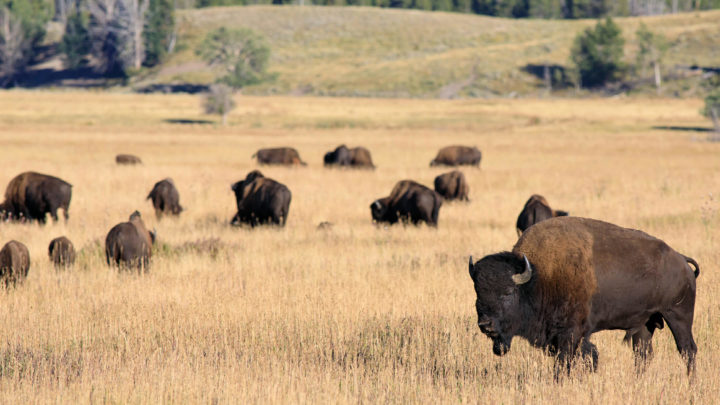
Public Safari
Private Safari
Half Day Grand Teton Wildlife Safari
This safari gives our guests an opportunity to take in the history, landscape and wildlife of Grand Teton National Park in only 4 hours. Our professional naturalist guides know exactly when to spring to action and will focus on the best habitats in the valley for as many iconic species they can spot. Common wildlife sightings are moose, elk, deer, bison, pronghorn, birds and bears. With our HD Optics you will be able to see animals that are near or far, and get an incredible close up look at these wild creatures. You will also get a chance to visit iconic places in the Park such as Oxbow Bend, Jenny Lake and Mormon Row, all under the incredible impressive peaks of the Teton Mountain Range.
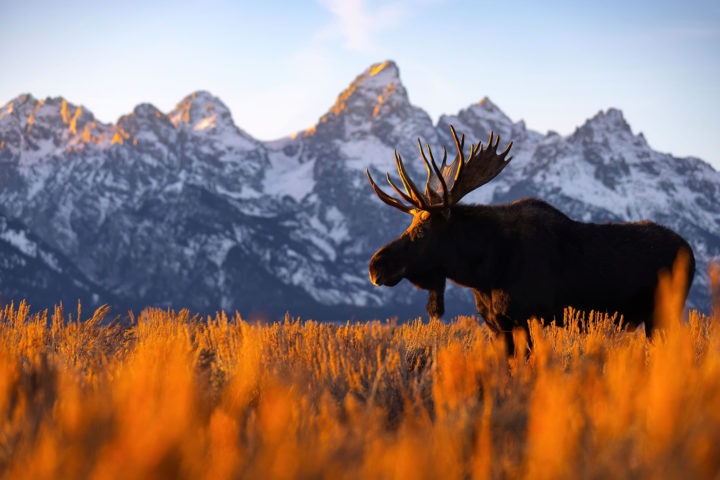
Public Safari
Private Safari
Grand Teton Wildlife Safari
This full day safari offers a slowed down and more intimate experience with Grand Teton National Park’s wildlife and landscapes. Guides will make sure to explore as much of the Park as possible throughout this day and will visit more than just the iconic sights and viewpoints. Side trips such as to the top of Signal Mountain will offer one of the most dramatic overlooks of the entire Park. Our guides choose short walks to search for wildlife off-the-beaten path and they will use this opportunity to showcase wildlife tracks and sign that help illustrate the greater story of wildlife in the ecosystem. Lunch is provided at a beautiful vista. From early morning to mid- afternoon, you will have opportunities to enjoy wildlife sightings, historic homesteads, glacial lakes and backroads that take you to some of the best unknown places in the valley.
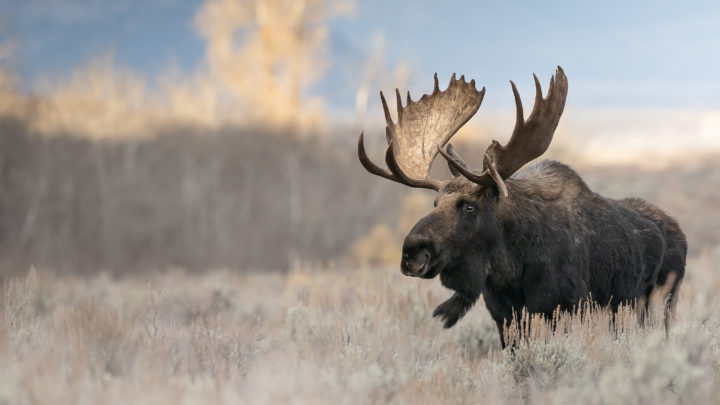
Public Safari
Private Safari
In the Wild
Spotted on Safari
The three of us had a wonderful wildlife tour with our guide. She was charming, knowledgeable, patient, and fun. We saw bears (5!), pronghorn, elk, moose, and gorgeous scenery on a sunny fall afternoon. We had lots of education about environment and history, and door to door service with snacks. The auto focusing binoculars were amazing.
All in all an A+ trip. Highly recommend.
FAQs
Will we see different wildlife in Yellowstone or Grand Teton National Parks?
This ecosystem contains all the same wildlife, which is part of why these National Parks are so special. There are certain habitats where particular species are more likely to seen, for example: Moose are more concentrated in Grand Teton National Park in the river bottoms and wetlands, where as Wolves are more likely seen in Yellowstone in their established habitats throughout the region. In both Parks we have the opportunity to see ungulates such as deer, elk, moose and bison. We can also catch coyotes fielding mice or beavers creating their ponds, dams and lodges and a variety of other occurrences. To see the most wildlife you could choose any of our favored tours. The possibilities are open every day and every day is an adventure!
What will the weather be like if we come in September vs. November?
The weather in the Northern Rockies is variable all year round. In the transition seasons particularly in Fall we can see a wide variety of temperatures and conditions. In September, we normally prepare for late summer highs of 60’s and 70’s and lows getting down to the 40’s and even 30’s. Day times are usually pleasant and clear, but the random rain spill or even snow shower are possible. In October we get into colder temps of 40-60’sand below freezing every night. In November for our Wildlife Tours in Grand Teton National Park we can see cold and winter conditions. We recommend layering clothing for all Fall trips with good boots, outdoor pants, and layered shirts and jackets. We recommend gloves and hats and sunglasses.
When is the best time for fall colors in Jackson Hole?
Peak foliage typically occurs from mid-September through early October, with aspens and cottonwoods reaching their brightest golds.
What wildlife is most active in the fall in Grand Teton National Park?
Elk, moose, bison, and bears are all highly visible. The elk rut is a highlight, and bears feed actively before hibernation.
Guides and Staff
Our Team
Local, experienced, and passionate guides and photographers.
National Parks Gallery
All photography has been shot by our talented tour guides.

